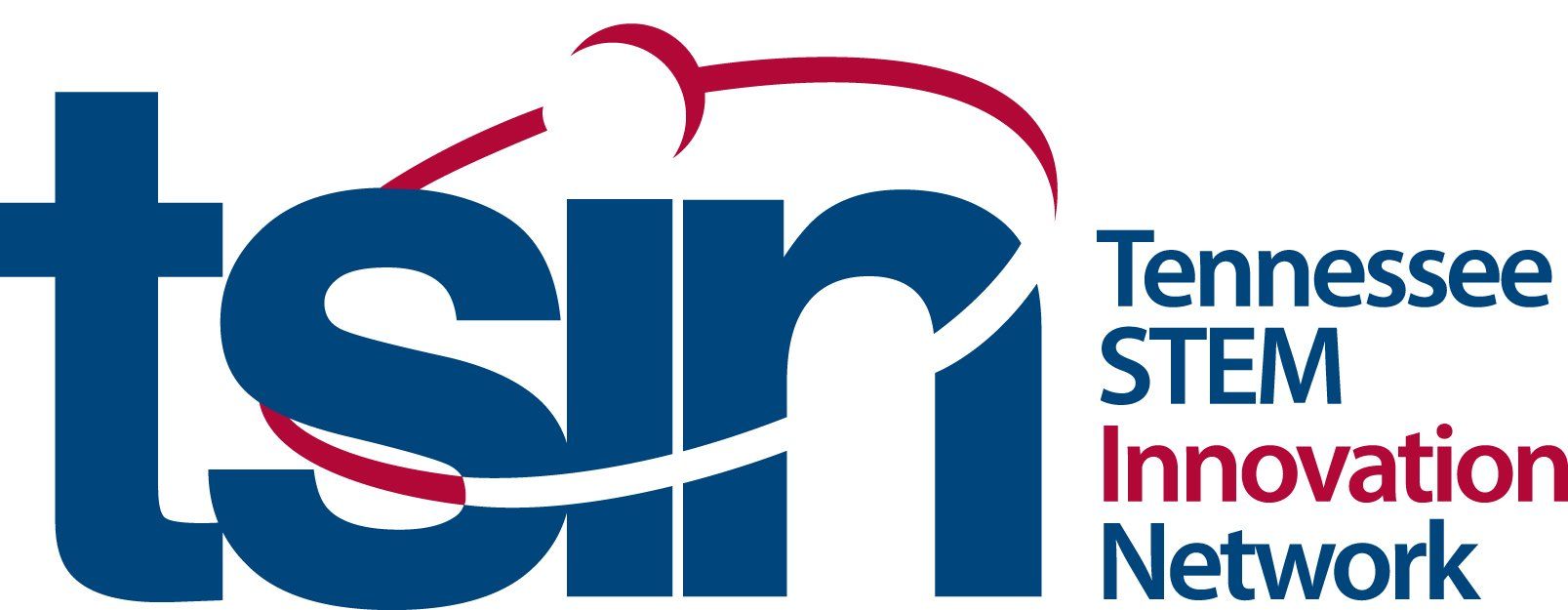Exploring Earth Science Data
Exploring Earth Science Data
Monday, January 4th
#MakerMondayTN
#MakerMondayTN
There are lots of tools to help scientists collect data on the weather. Weather warnings are important forecasts because they are used to protect life and property in the event of strong weather events. Data helps other scientists and meteorologists make predictions about the weather.
Today you will explore different types of weather instruments and the valuable information they collect!
Step 1:
Discover the types of weather instruments
used to gather data and make predictions.
Step 2:
Research climate data for your area using the National Weather Service website, you'll need to know your zip code!
Step 3:
Using this
Teach Engineering guide, make an outdoor weather station.
Step 4:
Use your weather station and/or online resources to collect your own weather data and record it on this
daily weather journal or this
annual weather tracker form.
Step 5:
Ask a family member or teacher to share what you have learned and include pictures of your weather station or weather data on social media using #MakerMonday and #LearningInPlaceTN!
Additional Resources:
Wednesday, January 6th
#WonderWednesdayTN
#WonderWednesdayTN
We check the weather forecast to decide what to wear. But, how do meteorologists predict the weather daily? Since outdoor activities can be severely affected by heavy rain, snow and wind chill, forecasts can be used to plan activities around these events, and to plan ahead.
Today you will explore how forecasters predict the weather using the data from different weather instruments!
Step 1:
Read this
article on Wonderopolis to discover how forecasters predict the weather.
Step 2:
Explore this
website with Owlie Skywarn to learn more about the National Weather Service.
Step 3:
Watch this
video to understand how weather forecasts are made.
Step 4:
Here’s your chance to be a forecaster with the Hotseat Simulator.
Step 5:
Explore this
data set from the National Oceanic and Atmospheric Association's to investigate El Niño.
Step 6:
Ask a family member or teacher to share what you have learned on social media using #WonderWednesdayTN and #LearningInPlaceTN!
Friday, January 8th#FutureFridayTN
There are a variety of careers in the Earth Science Data field from manufacturing weather instruments to collecting and analyzing data to forecasting the weather. Our communities depend on these services to stay informed.
Today you will explore career categories related to weather data and meteorology and how they protect our communities with weather information!
Step 1:
Explore these
career categories from the National Weather Service and make note of any careers that interest you.
Step 2:
Get a glimpse into a day in the life of a data scientist with this
video.
Step 3:
Meet a weather scientist who works for NASA in this
video.
Step 4:
Review this
article that explains career opportunities and job market in meteorology.
Step 5:
Ask a family member or teacher to share something you learned about one of these careers and why you might be interested in that career field using #FutureFridayTN and #LearningInPlaceTN!
Additional Resources:
Atmospheric and Space Scientists
Citizen Science Weather Observer Program
Copyright 2020, Tennessee STEM Innovation Network, Battelle Education




